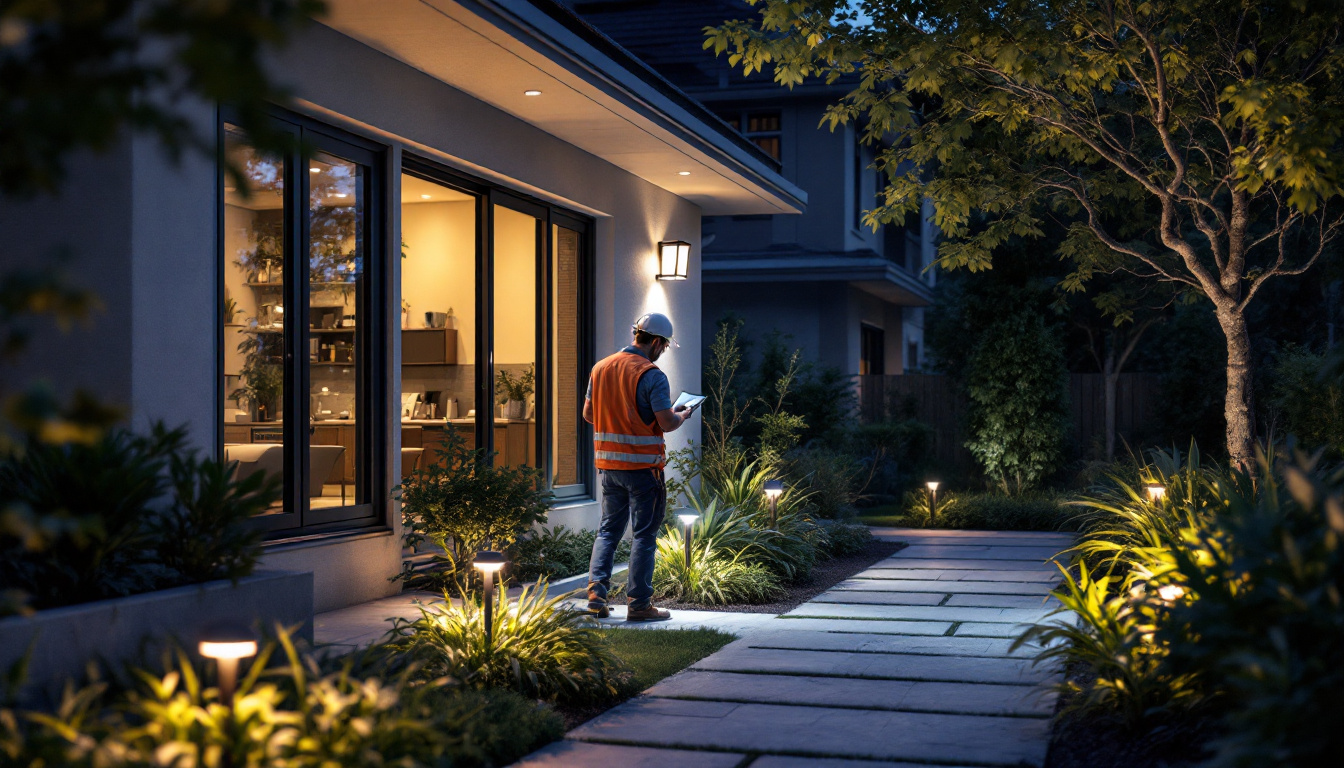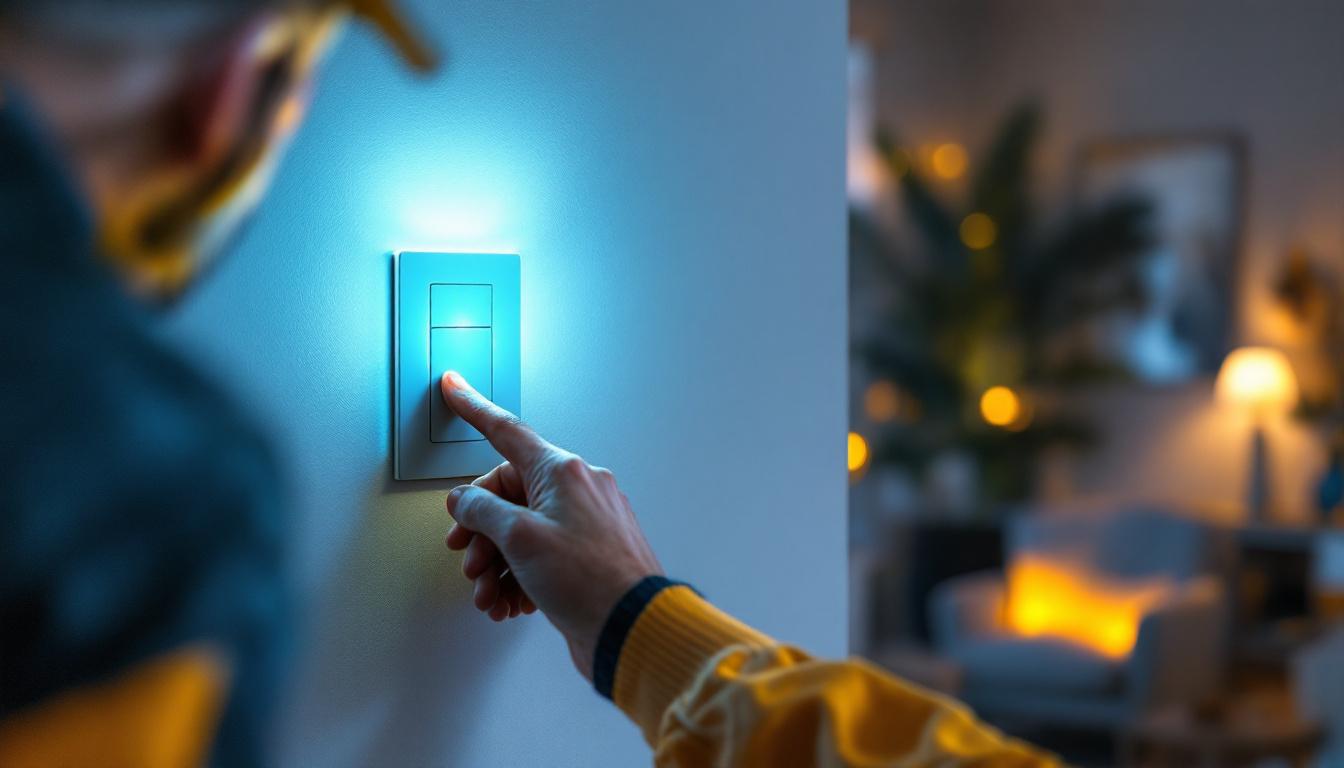
As the demand for sustainable and energy-efficient solutions continues to rise, solar lighting has emerged as a key player in outdoor illumination. For lighting professionals, understanding the nuances of solar lighting is essential to providing clients with the best options available. This article presents a comprehensive checklist that covers all aspects of solar lighting for outdoor applications, ensuring that lighting contractors can deliver effective and aesthetically pleasing solutions.
Before diving into the practical aspects of solar lighting, it’s crucial to grasp the underlying technology. Solar lighting systems harness sunlight through photovoltaic cells, converting it into electricity to power LED fixtures. This technology not only reduces dependence on traditional energy sources but also offers a range of benefits that appeal to environmentally conscious consumers. The efficiency of solar panels has improved significantly over the years, allowing for greater energy capture even in less-than-ideal weather conditions. This advancement means that solar lighting can be a reliable option in various climates, further enhancing its appeal.
A typical solar lighting system consists of several key components, including solar panels, batteries, LED lights, and controllers. Each component plays a vital role in ensuring the system operates efficiently. Solar panels capture sunlight and convert it into electrical energy, while batteries store this energy for use during nighttime. The LED lights provide illumination, and controllers manage the system’s operation, including turning lights on and off based on ambient light levels. Additionally, many modern solar lighting systems come equipped with sensors that can detect motion, allowing for enhanced security features and energy conservation by activating lights only when needed.
Solar lighting offers numerous advantages, making it an attractive option for outdoor spaces. One of the primary benefits is energy savings, as solar lights operate independently of the grid. This not only reduces electricity bills but also minimizes the carbon footprint associated with energy consumption. Additionally, solar lighting systems are often easier to install than traditional wired systems, as they do not require extensive trenching or electrical work. Beyond cost savings, solar lights contribute to safety and security in outdoor areas. Well-lit pathways, gardens, and driveways deter potential intruders and provide a sense of safety for homeowners and visitors alike. Furthermore, the aesthetic appeal of solar lights can enhance the ambiance of outdoor spaces, with various designs available to complement any landscape or architectural style.
Before selecting and installing solar lighting, a thorough assessment of the site conditions is essential. Understanding the unique characteristics of the location will help determine the most suitable solar lighting solutions. This preliminary evaluation not only ensures the effectiveness of the lighting but also enhances the overall aesthetic and functionality of the space.
One of the most critical factors in the effectiveness of solar lighting is the amount of sunlight the area receives. Lighting professionals should assess the site for potential obstructions such as trees, buildings, or other structures that may cast shadows. Ideally, solar panels should receive direct sunlight for a minimum of six hours per day to ensure optimal performance. Additionally, it is beneficial to consider seasonal variations in sunlight exposure, as the angle of the sun changes throughout the year. This can affect how shadows are cast and may require adjustments in the placement of solar fixtures to maximize their efficiency.
The local climate can significantly impact the performance of solar lighting systems. Areas with frequent cloud cover or heavy rain may require more robust systems with larger battery capacities to ensure reliable operation. Conversely, regions with abundant sunshine may benefit from smaller, more cost-effective solutions. Understanding the local climate helps in selecting the right components for the installation. Furthermore, temperature fluctuations can also affect battery performance; thus, it is essential to choose batteries that can withstand extreme weather conditions. In regions prone to snow or ice, additional considerations for snow clearance and panel positioning may be necessary to maintain optimal functionality throughout the winter months.
With a clear understanding of the site conditions, lighting professionals can begin selecting the appropriate solar lighting solutions. This involves considering various factors, including the type of fixture, brightness levels, and design aesthetics.
Solar lighting fixtures come in various styles and types, each suited for different applications. Pathway lights are ideal for illuminating walkways, while floodlights provide broader coverage for larger areas. Decorative solar lights can enhance the aesthetic appeal of gardens and outdoor spaces. Understanding the specific needs of the client will guide the selection process.
When choosing solar lighting, it is essential to consider the brightness level, typically measured in lumens. The required lumen output will depend on the intended use of the lighting. For instance, pathway lights may require around 100-200 lumens, while security floodlights might need 700 lumens or more. Matching the lumen output to the specific application ensures that the lighting is both functional and effective.
Proper installation is crucial for the longevity and performance of solar lighting systems. Following best practices can help avoid common pitfalls and ensure a successful installation.
When installing solar lights, placement and orientation are key considerations. Fixtures should be positioned to maximize sun exposure, ensuring that solar panels receive direct sunlight throughout the day. Additionally, the height and angle of the lights should be adjusted to achieve the desired illumination effect while minimizing glare or light pollution.
To ensure stability and durability, solar lighting fixtures must be securely anchored. This is particularly important in areas prone to high winds or severe weather conditions. Using appropriate mounting hardware and techniques will help prevent damage and prolong the life of the fixtures.
Regular maintenance is essential for the optimal performance of solar lighting systems. Lighting professionals should educate clients on proper care and troubleshooting techniques to ensure long-lasting functionality.
Conducting routine inspections of solar lighting systems can help identify potential issues before they become significant problems. Professionals should check for debris accumulation on solar panels, ensuring they remain clean and unobstructed. Additionally, inspecting the fixtures for any signs of damage or wear can help maintain performance levels.
The batteries in solar lighting systems require particular attention, as their performance can degrade over time. It is crucial to monitor battery health and replace them as needed to ensure consistent operation. Educating clients on the signs of battery failure, such as dimming lights or inconsistent operation, can facilitate timely maintenance.
Lighting professionals should be aware of local regulations and incentives related to solar lighting installations. This knowledge can help clients navigate potential challenges and take advantage of available benefits.
Before proceeding with a solar lighting installation, it is essential to check local codes and permit requirements. Some municipalities may have specific regulations regarding the installation of solar lighting systems, including restrictions on fixture height or placement. Ensuring compliance with these regulations can prevent costly fines and project delays.
Many regions offer incentive programs to encourage the adoption of solar technologies. These programs may include tax credits, rebates, or grants that can significantly reduce the overall cost of solar lighting installations. Lighting professionals should stay informed about available incentives to better assist clients in making informed decisions.
Educating clients about solar lighting systems is crucial for ensuring their satisfaction and understanding of the technology. Providing ongoing support can help build trust and foster long-term relationships.
When discussing solar lighting options with clients, it is essential to articulate the benefits clearly. Highlighting energy savings, environmental impact, and low maintenance requirements can help clients appreciate the value of investing in solar lighting solutions. Providing case studies or examples of successful installations can further reinforce these benefits.
After the installation is complete, offering continued support can enhance the client experience. Providing maintenance tips, troubleshooting guidance, and a point of contact for future inquiries can help clients feel more confident in their investment. This level of support can lead to repeat business and referrals, ultimately benefiting the lighting professional’s reputation and business growth.
The solar lighting industry is continually evolving, with new technologies and trends emerging regularly. Staying informed about these developments can help lighting professionals remain competitive and offer cutting-edge solutions to clients.
One of the most exciting trends in solar lighting is the integration of smart technology. Smart solar lights can be controlled remotely via smartphone apps, allowing users to adjust brightness levels, set timers, and monitor energy usage. This added functionality enhances convenience and can lead to increased energy efficiency.
Advancements in battery technology are also shaping the future of solar lighting. Newer battery types, such as lithium-ion, offer improved performance, longer lifespans, and faster charging times compared to traditional lead-acid batteries. As these technologies become more widely adopted, they will enhance the reliability and efficiency of solar lighting systems.
As the demand for sustainable outdoor lighting solutions continues to grow, solar lighting presents a viable and attractive option for lighting professionals. By understanding the technology, assessing site conditions, selecting appropriate solutions, and providing ongoing support, contractors can ensure successful installations that meet client needs. Staying informed about industry trends and advancements will further enhance the ability to deliver cutting-edge solar lighting solutions, solidifying the contractor’s position as a leader in the field.
Ready to elevate your outdoor lighting projects with sustainable, high-performance solutions? At LumenWholesale, we provide lighting professionals like you with the finest spec-grade solar lighting products at unbeatable wholesale prices. Say goodbye to inflated markups and hello to a vast selection of reliable lighting that meets the highest industry standards. Plus, with free shipping on bulk orders, you can enjoy premium lighting at the best value — without hidden fees or compromises. Don’t miss out on the perfect blend of quality, affordability, and convenience. Make your next project shine and explore our Wholesale Lighting at the Best Value today.

Discover essential tips for lighting contractors to effectively navigate potential pitfalls when installing clearance solar lights.

Discover essential insights into low bay lighting with our comprehensive guide tailored for lighting contractors.

Discover the transformative power of dusk-until-dawn lighting in your projects.

Discover how dimmable light switches can be a game-changer for lighting contractors, offering a cost-effective solution that enhances energy efficiency and client satisfaction.